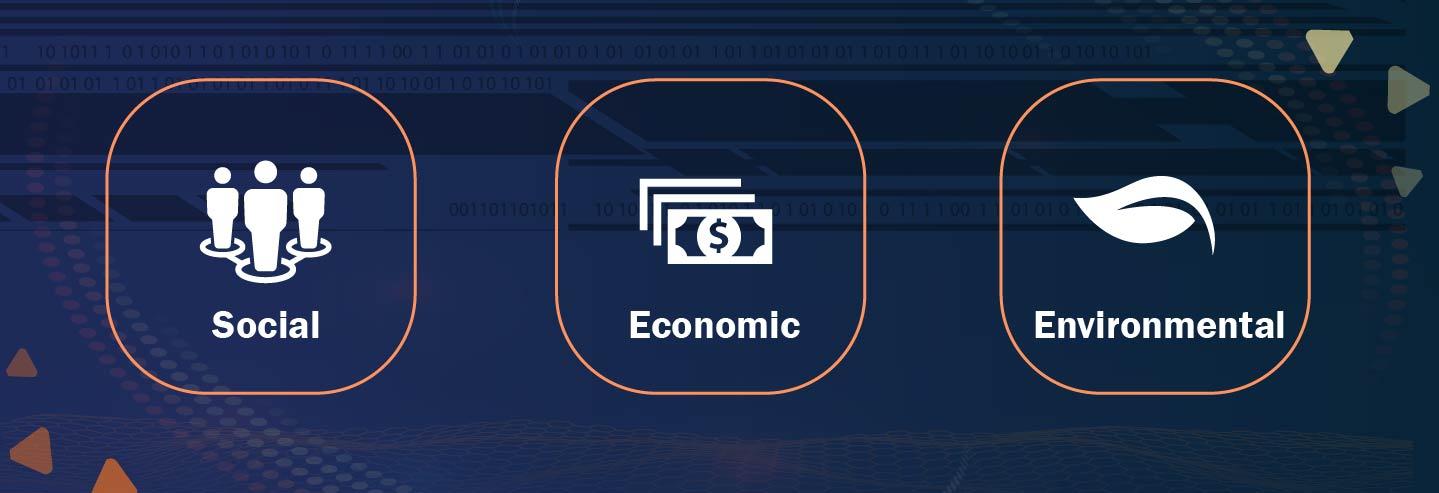

Background

-

What is Health Equity?
Health equity is a critical issue, involving the complex and sensitive issues of “equity” and “health”. As defined by the World Health Organization (WHO), equity is the “absence of unfair, avoidable or remediable differences among groups of people, whether those groups are defined socially, economically, demographically, or geographically or by other dimensions of inequality (e.g., sex, gender, ethnicity, disability, or sexual orientation)”. Health, on the other hand, “is a fundamental human right. Health equity, therefore, is achieved when everyone can attain their full potential for health and well-being.”
The Centers for Disease Control and Prevention (CDC) describes health equity further by explaining that health equity “is achieved when every person has the opportunity to “attain his or her full health potential” and no one is “disadvantaged from achieving this potential because of social position or other socially determined circumstances.” Health inequities are reflected in differences in length of life; quality of life; rates of disease, disability, and death; severity of disease; and access to treatment.”
Health inequities are systematic differences in the health status of different population groups. These inequities have significant social and economic costs both to individuals and societies. (World Health Organization)

These inequities can arise for many social, economic, environmental reasons, including:
- racial and ethnic discrimination
- lack of access to quality education
- income and wealth gaps
- inadequate housing or lack of housing
- unsafe environments
- unequal or inequitable distribution of health resources
In this case, we are talking about unfair and avoidable differences in health outcomes that are not due to biological or genetic factors. Examples of health inequities include:
- In the United States, African Americans represent only about 13% of the total population, but account for almost half of all new HIV infections. There is no biological or genetic reason for these differences.
- In sub-Saharan Africa, children are 14x more likely to die before the age of 5 due to diseases like pneumonia, malaria, diarrhea. Children from the poorest 20% of households are nearly twice as likely to die by 5 than children in the richest 20% of households.
By reducing or overcoming obstacles such as those outlined above, people can achieve health equity. However, this is not something that can be achieved on the individual level; it requires large-scale changes by community organizations, healthcare providers, scientists, government, etc. at the local, state, federal, and global level. Opportunities to improve health equity are not limited to the point of healthcare delivery (treatment, prescription, etc.), but include policy changes, additional education, and increased access to healthcare.

-

What is explainable AI?
Addressing health equity using artificial intelligence requires the employment of Explainable AI (XAI). XAI is artificial intelligence in which humans can understand the decisions made by the AI, as compared to "black box" methods where humans don't know how or why the machine arrived at a particular outcome.
Healthcare is a domain where XAI is necessary, for several reasons:
- Fairness is paramount. The WHO identifies “health” as a fundamental human right, and so we must ensure that any AI used to affect an individuals’ health outcomes allows all individuals equal access to their right of health.
- End users need an explanation to make an informed decision. Doctors are trained to make complex, high-stakes decisions when establishing treatment plans, and must be able to defend their choices. Even when using the aid of AI, they must be able to understand the outputs and justify their plan of care to patients and hospital administrators.
- Consequences of a wrong decision are costly. Incorrect diagnoses or sub-optimal treatment plans may lead to increased healthcare costs, mental anguish, and physical pain. These may also lead to further distrust of the healthcare system; many of the populations affected by health inequities have been disadvantaged for many years and are already skeptical of the healthcare system that has not supported them.
Helpful links:

-

What is AI adoption and change management?
Adopting artificial intelligence in a business or organization necessarily requires changes to existing processes – technology doesn't operate in a vacuum, and it needs to be deployed in a supportive context. You need to work with end users (e.g., doctors, patients) to build trust in the technology, teach them how to engage with it, and solicit feedback. This is particularly important in healthcare where one of the primary user groups (patients) already has inherent mistrust of healthcare solutions. Additionally, ethical concerns, data quality issues, lack of interpretability will slow down the adoption of AI.
In addition to building trust through transparency, explainability, and accountability, adopting AI in an organization requires the right technical environment which includes:
- Setting up data storage
- Establishing compute environment for models
- Maintaining compliance with data-related regulations
- Protecting data (cybersecurity, Personally Identifiable Information (PII), Protected Health Information (PHI))
Helpful Links:

